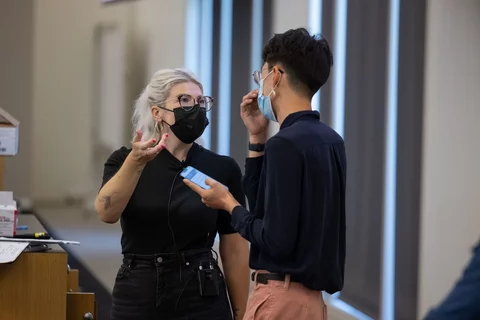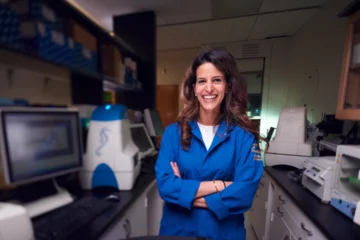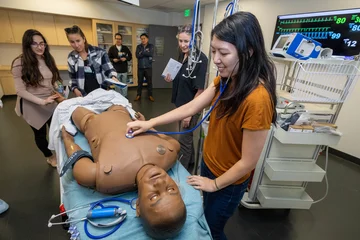These Time-Savers Make Diagnosis and Treatment Easier
A quick glance at the "Medical" category in any app store shows that there are hundreds of medical apps available for download, ranging from white-noise machines to 3-D anatomical models.
Medical applications for tablet devices are gaining popularity among medical students and health workers as valuable sources of reference information. But which among these many apps are the most relevant to clinical practice?
While a quality medical school education and years of experience are paramount, medical apps can be handy tools to make reference information searchable and accessible for health workers.
1. Epocrates
The David Geffen School of Medicine at UCLA uses Epocrates, a popular medical reference app. It has a free version that provides comprehensive information for both drugs and medical conditions and has an intuitive interface. More than a million users have downloaded Epocrates, and the paid version includes up-to-date reference information and a variety of medical calculators. It's a comprehensive drug reference guide that a provider could use every day in practice.
2. DynaMed
DynaMed is recommended for medical students at the David Geffen School of Medicine at UCLA. The app is designed to be used at the point-of-care. Available for both Android and iOS devices, DynaMed is a powerful tool that gives health workers access to nearly 3,000 clinical topics. Medical students gain an understanding of the clinical context of current evidence, and can quickly access this information.
3. Pocket First Aid & CPR
The Pocket First Aid & CPR app by the American Heart Association is updated to reflect the latest CPR guidelines. Comprising more than 30 videos and high-resolution images, the app provides clear, straight-forward instruction to perform a variety of lifesaving procedures.
4. iGeriatrics
Developed by the American Geriatrics Society, iGeriatrics provides special insight into caring for the elderly. Fall risk, prescription drug considerations, immunization information and psychiatric health are just a small part of what's included. As the baby-boomer generation advances in age, providers need to be increasingly aware of the needs of older adults, making this app a must-have.
5. UpToDate
UpToDate keeps clinicians at the razor's edge of evidence-based medicine. The extensive information available in the app includes the latest breakthroughs in treatment for hundreds of conditions. It is available across many platforms, including Apple, Android, Windows and a web application for desktop users. This app can be integrated with electronic health record systems, and even has a feature that allows physicians to earn CME credits as they research within the app with no additional cost or testing.
6. VisualDx
Used extensively by the students at the David Geffen School of Medicine at UCLA for its impressive image database, VisualDx provides the user with many images of the same condition to aid in accurate diagnosis and treatment. It also features a tool that helps the clinician create a differential diagnosis, and an emphasis on adverse events from prescription medications.
While there is no replacement for clinical knowledge and experience, these apps can increase efficiency and provide resources that ensure quick diagnosis and cutting-edge treatment.




